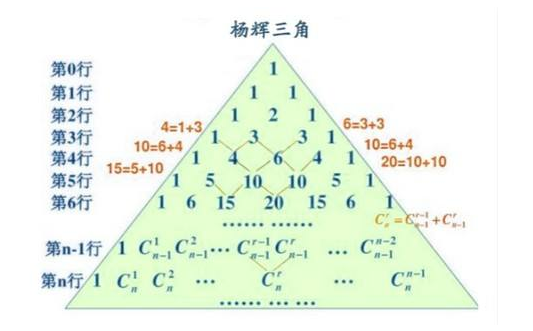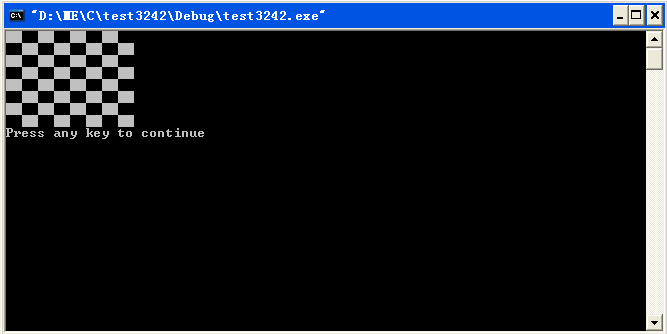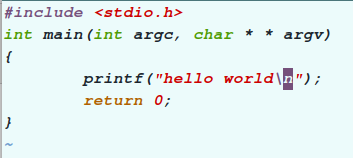数据结构(线性表)
- 作者: 黄泉路上祭家驹
- 来源: 51数据库
- 2021-09-05
大二学c++都快忘没了,写点数据结构来复习一下,写的不好,不喜勿喷。
直接上代码,这是模板类的写法,必须全部写在头文件里。因为编译器不知道你会使用什么类型的数据,所以无法确定要分配的存储空间大小。
开发环境:codeblocks
#ifndef linear_list_h_included
#define linear_list_h_included
#include <cstdio>
template <class t>
class list
{
private:
int s; //线性表空间大小
int length; //线性表元素个数
t* head; //空间首地址
public:
list<t>() { }
list<t>(int size) : s(size), head(null) { }
~list<t>() { destroylist(); }
void initlist(); //初始化线性表
void destroylist(); //销毁线性表
void clearlist(); //线性表置空
bool listempty(); //判断线性表是否存在
int listlength(); //返回线性表长度
bool getelem(int i, t &e); //通过e得到第i个元素
int locateelem(t e, bool (*compare)(t list_e, t e)); //通过compare函数进行比较,得到第一个符合的元素
bool priorelem(t cur_e, t &pre_e); //通过pre_e得到cur_e的前驱
bool nextelem(t cur_e, t &next_e); //通过next_e得到cur_e的后继
bool listinsert(int i, t e); //在第i个位置前插入新元素e
bool listdelete(int i, t &e); //删除第i个元素,用e返回它的值
bool insert(t); //向尾部插入一个元素
bool listtraverse(bool (*visit)(t e)); //依次对每个元素执行visit()操作
};
template <class t>
void list<t>::initlist()
{
if(head == null)
{
head = new t[s];
length = 0;
}
}
template <class t>
void list<t>::destroylist()
{
if(head != null)
{
delete head;
head = null;
}
}
template <class t>
void list<t>::clearlist()
{
length = 0;
}
template <class t>
bool list<t>::listempty()
{
if(head == null) return true;
else return false;
}
template <class t>
int list<t>::listlength()
{
if(head == null) return -1;
return length;
}
template <class t>
bool list<t>::getelem(int i, t &e)
{
if(head == null || length == 0) return false;
e = head[i];
return true;
}
template <class t>
int list<t>::locateelem(t e, bool (*compare)(t list_e, t e))
{
if(head == null || length == 0) return -1;
for(int i = 0; i < length; i++)
if(compare(head[i], e))
return i;
return -1;
}
template <class t>
bool list<t>::priorelem(t cur_e, t &pre_e)
{
if(head == null || length == 0 || head[0] == cur_e)
return false;
for(int i = 0; i < length; i++)
{
if(head[i] == cur_e)
{
pre_e = head[i-1];
return true;
}
}
return false;
}
template <class t>
bool list<t>::nextelem(t cur_e, t &next_e)
{
if(head == null || length == 0 || head[length] == cur_e)
return false;
for(int i = 0; i < length; i++)
{
if(head[i] == cur_e)
{
next_e = head[i+1];
return true;
}
}
return false;
}
template <class t>
bool list<t>::listinsert(int i, t e)
{
if(head == null || length == 0 || length-1 < i || length == s)
return false;
for(int j = length-1; j >= i; j--)
head[j+1] = head[j];
head[i] = e;
length++;
return true;
}
template <class t>
bool list<t>::listdelete(int i, t &e)
{
if(head == null || length == 0 || length-1 < i)
return false;
if(i == length-1)
{
length--;
e = head[i];
return true;
}
e = head[i];
length--;
for(int j = i; j < length; j++)
head[j] = head[j+1];
return true;
}
template <class t>
bool list<t>::insert(t e)
{
if(head == null || length == s) return false;
head[length] = e;
length++;
return false;
}
template <class t>
bool list<t>::listtraverse(bool (*visit)(t e))
{
if(head == null || length == 0)
return false;
for(int i = 0; i < length; i++)
if(!visit(head[i]))
return false;
return true;
}
#endif // linear_list_h_included
推荐阅读







